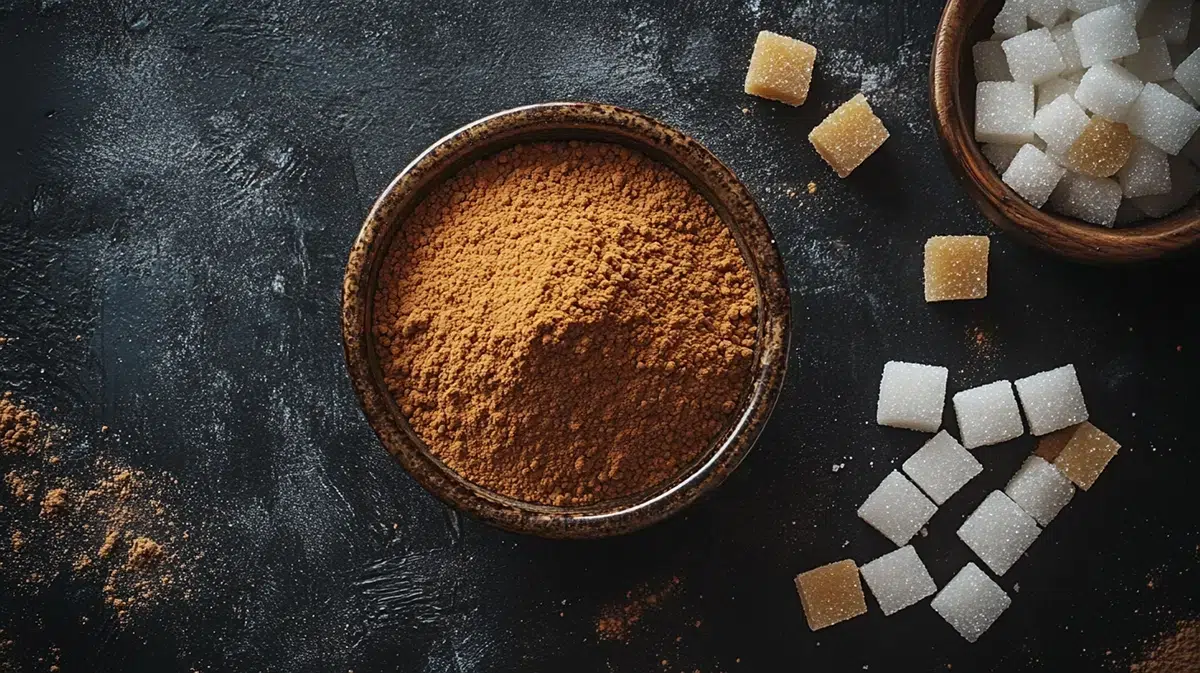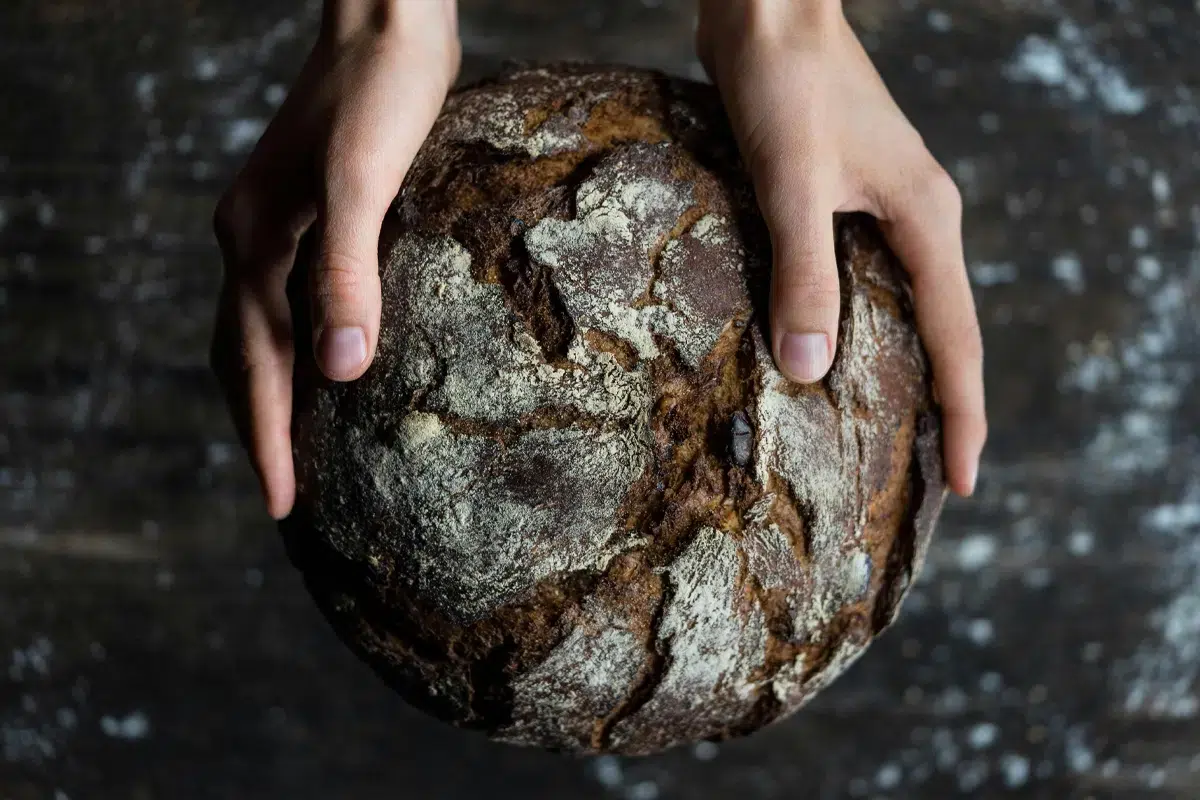Show summary Hide summary
- Total Daily Energy Expenditure (TDEE) or Resting Energy Expenditure (REE) formula and calculator
- How to calculate your Total Daily Energy Expenditure (TDEE)?
- How to burn more calories by walking more?

Your Resting Energy Expenditure (REE), caloric expenditure, more commonly known as Basal Metabolic Rate, is the number of calories your body needs to carry out its most basic functions (digestion, breathing, regulation of body temperature, etc.). Whereas your Total Daily Energy Expenditure (TDEE), which is the total amount of calories your body burns in a day, takes into account the level of physical activity and exercise. Use the calculator below to work out your daily energy expenditure at rest and while exercising.
Discover Other REGIVIA Calculators
Total Daily Energy Expenditure (TDEE) or Resting Energy Expenditure (REE) formula and calculator

How to calculate your Total Daily Energy Expenditure (TDEE)?
To understand your daily energy expenditure, you need to know your “basal metabolic” resting energy expenditure.
Before getting to the heart of the matter, here are a few abbreviations to help you understand how to calculate your daily calorie expenditure.
4 points to note when calculating needs:
- PAL = Physical Activity Level
- BM = Basal Metabolism
- RER = Resting Energy Expenditure = same meaning as Base Metabolism (BM)
- DEJ = Daily Energy Expenditure or daily calorie requirement
Resting Energy Expenditure (REE) or Basal Metabolic Rate (BMR) calculator
Factors that influence our daily energy expenditure:
- Gender
- Body weight
- Age
It should be noted that the external environment can influence your basal metabolic rate. For example, you will need more energy in extreme climates (very hot or very cold) to regulate your temperature. Basal metabolic rate also changes with age and decreases with age.
Discover the calculation formula and method for your Resting Energy Expenditure (REE) or Basal Metabolic Rate (BMR):
- DEJ or BM for women = 230* (Weight 0.48)* (Height 0.5)* (Age-0.13)
- DEJ or BM for men = 259* (Weight 0.48)* (Height 0.5)* (Age-0.13)
Total Daily Energy Expenditure (TDEE) calculator
Daily energy expenditure takes into account the parameter of the level of physical activity (NAP) to determine your daily calorie requirements more precisely.
Discover the formula and calculation method of your Total Daily Energy Expenditure (TDEE):
- BM*1.37 if you are sedentary
- BM*1.55 if you are active
- BM*1.80 if you’re sporty; this can go up to 2 for top sportsmen and women
How to burn more calories by walking more?

Walk more to lose weight over the long term!
Walking is a simple and accessible physical activity that can play a significant role in increasing your daily energy expenditure. By increasing the number of steps you take each day, you can increase the number of calories you burn, which can contribute to weight management and general health.
The table below shows the benefits of increasing the number of steps you take each day to help you shed those extra pounds. For example, if you weigh 60 kilos and you decide to take 1,000 more steps a day with the same intake, you could lose 1.15 kg over a year.
Discover the estimated number of kilos you can lose per year by increasing your number of daily steps.
| Number of steps in | 50 kg | 60 kg | 70 kg | 80 kg |
|---|---|---|---|---|
| 1000 steps | – 0.96 kg | – 1.15 kg | -1.34 kg | – 1.53 kg |
| 2000 steps | – 1.92 kg | – 2.3 kg | – 2.68 kg | – 3.07 kg |
| 3000 steps | – 2.87 kg | – 3,45 kg | – 4.02 kg | – 4.6 kg |
| 4000 steps | – 3.83 kg | – 4.6 kg | – 5.37 kg | – 6.13 kg |
| 5000 steps | – 4.79 kg | -5.75 kg | – 6.71 kg | – 7.67 kg |
The importance of understanding your daily energy expenditure
Understanding your Resting Energy Expenditure (REE) and Daily Energy Expenditure (DEE) is essential for managing your weight and overall health. These two measurements allow you to understand how many calories your body needs to function efficiently, and how many you need to consume to maintain, lose or gain weight.
It’s also important to note that physical activity, even moderate activity like walking, can increase your YER and help you burn more calories. Ultimately, the key to achieving and maintaining a healthy weight lies in balancing calorie intake and energy expenditure.
Remember, every little step counts, and even the smallest changes to your daily routine can have a significant impact on your long-term health. So don’t hesitate to use the calculation tools available on this page to better understand your calorie needs and to find ways of increasing them in a healthy and sustainable way.








